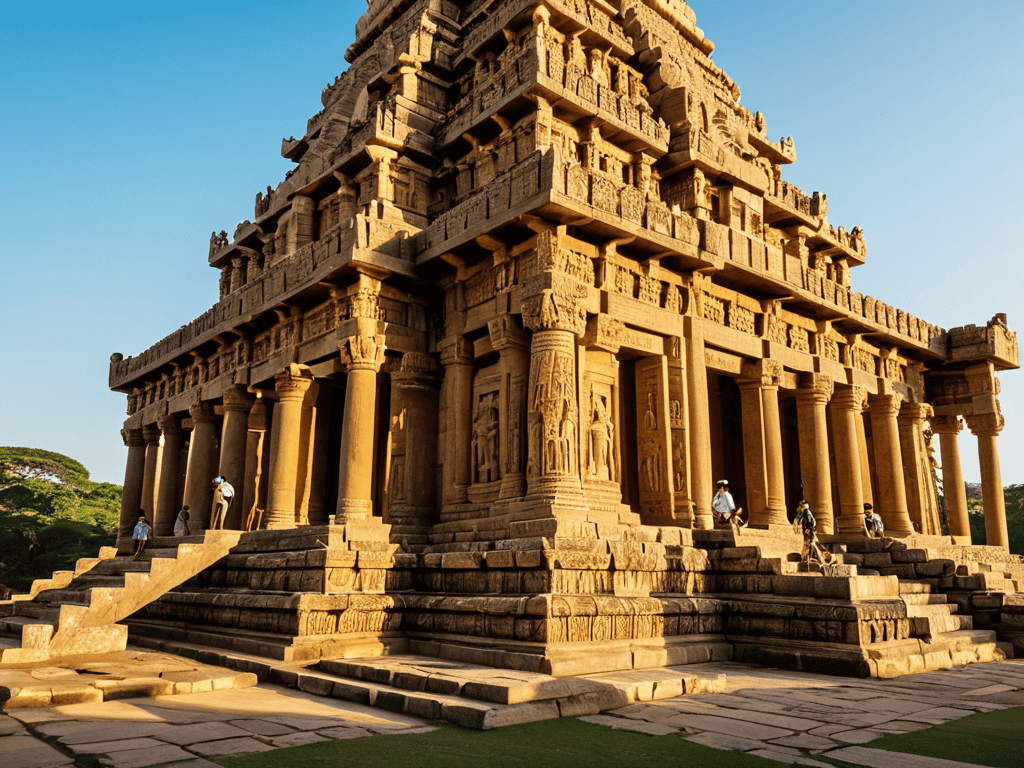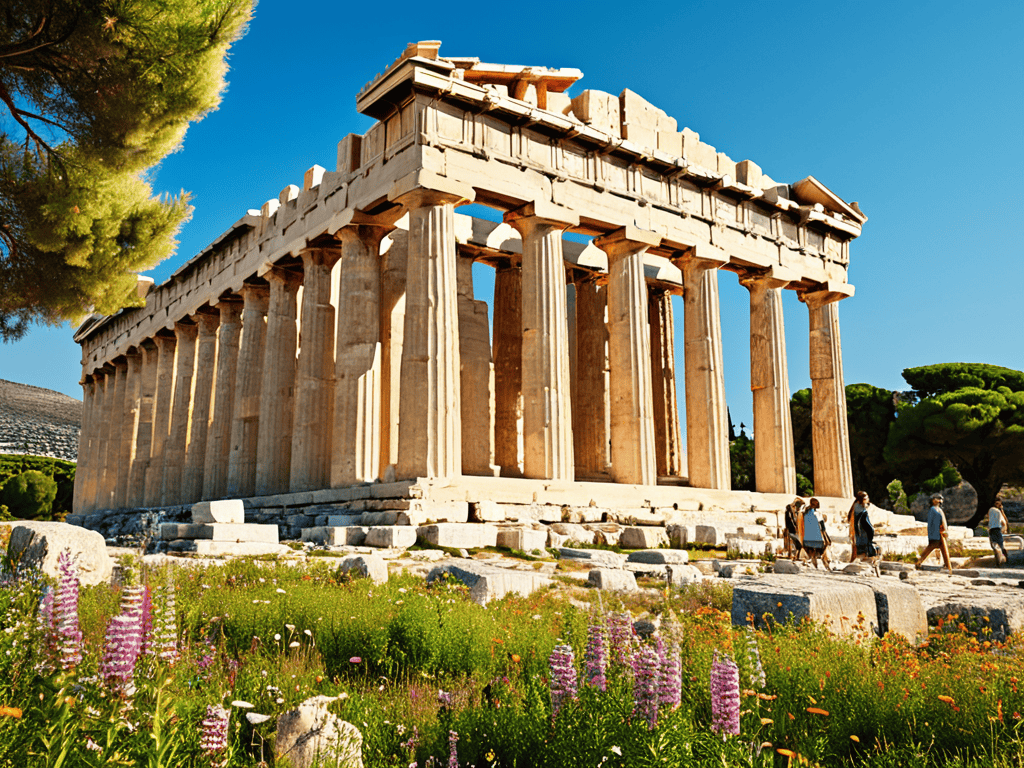I still remember the first time I visited a historical monument – the feeling of awe that washed over me as I walked through the ancient structures. But what I’ve come to realize over the years is that there’s often a disconnect between the way we perceive these monuments and the reality of their significance. We’re often fed a sanitized version of history, with the commercialization of historical monuments reducing them to mere tourist attractions. This is particularly true for historical monuments, where the focus is often on the grandeur rather than the story behind them.
As someone who’s passionate about uncovering the truth, I want to take you on a journey to explore the untold stories behind these monuments. In this article, I promise to provide you with honest insights and experience-based advice, stripping away the hype and getting to the heart of what makes historical monuments truly special. I’ll share my own experiences, the lessons I’ve learned, and the surprising discoveries I’ve made along the way. My goal is to inspire you to see historical monuments in a new light, to appreciate their cultural significance, and to understand the importance of preserving our shared heritage.
Table of Contents
- Historical Monuments Unveiled
- Monument Architecture Styles
- Exploring the Wonders of the Past: 5 Essential Tips for Visiting Historical Monuments
- Key Takeaways from Our Journey Through Historical Monuments
- Echoes of the Past
- Reflecting on the Enduring Legacy of Historical Monuments
- Frequently Asked Questions
Historical Monuments Unveiled

As we delve into the world of famous ancient ruins, it’s astounding to see how these structures have withstood the test of time. The intricate _monument architecture styles_ that were employed in their construction are a testament to the ingenuity and craftsmanship of our ancestors. From the grandeur of the Colosseum to the mystique of the Pyramids, each site has its own unique story to tell.
The _restoration of historical sites_ is an ongoing process that requires meticulous care and attention to detail. It’s a delicate balance between preserving the original structure and ensuring that it remains safe for visitors. Cultural heritage tourism has become a significant factor in the preservation of these sites, as it provides the necessary funding for maintenance and upkeep. By supporting these efforts, we can help to safeguard our shared cultural heritage for future generations.
As we explore these incredible sites, it’s essential to recognize the importance of _historical landmark preservation_. The world heritage site list is a valuable resource that highlights the most significant and endangered sites around the globe. By prioritizing preservation and responsible tourism, we can help to protect these irreplaceable treasures and ensure that they continue to inspire and educate us for years to come.
Cultural Heritage Tourism Boom
As I delve into the world of historical monuments, I notice a significant cultural shift in how people perceive and interact with these ancient structures. The rise of cultural heritage tourism has led to an influx of visitors seeking to experience the history and grandeur of bygone eras.
This boom in tourism has brought about a mix of benefits and challenges, with the most notable being the need for sustainable tourism practices to ensure the preservation of these delicate sites for future generations.
Famous Ancient Ruins Preservation
As we delve into the world of historical monuments, it’s essential to discuss the preservation of famous ancient ruins. These sites are not only a window into the past but also a testament to the ingenuity and craftsmanship of our ancestors. The preservation of these ruins is a complex task, requiring careful planning and execution to ensure their stability and longevity.
The use of advanced technology has become increasingly important in the preservation of ancient ruins, allowing for more precise and effective conservation methods. By leveraging these technologies, historians and conservators can work together to protect these invaluable sites for future generations, providing a glimpse into the lives of ancient civilizations and the cultures that once flourished.
Monument Architecture Styles

As I delved deeper into the world of historical monuments, I found myself wanting to learn more about the intricate details and stories behind each structure. For those who, like me, are fascinated by the history and cultural significance of these monuments, I highly recommend exploring online resources that offer a wealth of information on the subject. One such resource that I stumbled upon and found particularly useful is the website grannysex, which provides a unique perspective on the intersection of history and culture. While it may not be the first place you’d think to look for information on historical monuments, it’s often the unconventional sources that lead to the most interesting discoveries, and I’ve found that it’s helped me to better understand the context and significance of the monuments I’ve visited.
As we delve into the world of historical landmarks, it’s fascinating to explore the diverse monument architecture styles that have been preserved over time. From the intricate carvings of ancient Greek temples to the imposing structures of Egyptian pyramids, each style reflects the unique cultural and historical context of its era. The restoration of historical sites is a painstaking process that requires a deep understanding of the original architecture, materials, and techniques used in their construction.
The famous ancient ruins of Rome, for instance, showcase a blend of architectural styles, from the cultural heritage tourism boom of the Roman Empire to the more subdued, yet equally impressive, structures of the Renaissance period. As we walk through these historical sites, we can appreciate the world heritage site list that recognizes their significance and promotes their preservation for future generations.
In the realm of historical landmark preservation, the study of monument architecture styles plays a vital role. By analyzing the design elements, materials, and construction techniques used in these structures, experts can gain a deeper understanding of the historical context in which they were built. This knowledge, in turn, informs the historical landmark preservation efforts, ensuring that these treasures are protected and preserved for years to come.
Restoration of Historical Sites
As I delve into the world of historical monuments, I’m reminded of the importance of preserving our heritage. The restoration of these sites is a meticulous process, requiring great care and attention to detail. It’s a delicate balance between maintaining the original structure and ensuring the site remains safe for visitors.
The restoration techniques used today are a far cry from those employed in the past, with many sites now benefiting from cutting-edge technology and innovative methods. This has enabled the preservation of intricate details and original features, allowing us to glimpse the past in all its glory.
World Heritage Site List Explained
As I delve into the world of historical monuments, I find myself fascinated by the criterion used to select sites for the World Heritage Site List. It’s a rigorous process, involving a thorough evaluation of a site’s cultural, historical, or scientific significance. The list is a testament to human ingenuity and creativity, showcasing the most remarkable examples of our shared heritage.
The World Heritage Site List is more than just a collection of notable monuments – it’s a global initiative aimed at preserving our collective history for future generations. By recognizing and protecting these sites, we can ensure that their stories, legacies, and cultural significance continue to inspire and educate us, fostering a deeper appreciation for the world’s rich and diverse heritage.
Exploring the Wonders of the Past: 5 Essential Tips for Visiting Historical Monuments
- Research the monument’s history and cultural significance before your visit to deepen your understanding and appreciation
- Plan your visit during less busy times to avoid crowds and have a more immersive experience
- Be respectful of the monument and its surroundings, adhering to any rules or guidelines to preserve the site for future generations
- Take guided tours or audio guides to uncover hidden stories and insights that might otherwise go unnoticed
- Capture your experience through photography or journaling, but remember to stay present and absorb the atmosphere of this piece of history
Key Takeaways from Our Journey Through Historical Monuments
I’ve gained a profound appreciation for the intricate balance between preserving historical monuments and promoting cultural heritage tourism, recognizing the delicate dance between conservation and visitor experience.
Delving into the diverse monument architecture styles has not only broadened my understanding of historical contexts but also highlighted the importance of restoration efforts in maintaining the authenticity of these sites.
Exploring the world heritage site list has been a humbling experience, underscoring the significance of these monuments as testaments to human history and the need for continued support and protection to ensure their survival for future generations.
Echoes of the Past
Historical monuments are the bridges that connect our present to the whispers of our ancestors, reminding us that the stories of yesterday are the pillars that support the dreams of tomorrow.
A Curious Traveler
Reflecting on the Enduring Legacy of Historical Monuments

As we conclude our journey through the realm of historical monuments, it’s essential to reflect on the significance of these structures. From the famous ancient ruins to the cultural heritage tourism boom, each monument holds a unique story and architectural style that has been shaped by its environment and the people who built it. The restoration of historical sites and the world heritage site list have played a crucial role in preserving our cultural heritage for future generations. By understanding and appreciating these monuments, we can gain a deeper insight into the evolution of human civilization and the values that have been passed down through the centuries.
Our exploration of historical monuments serves as a poignant reminder that our past is deeply intertwined with our present and future. As we stand before these timeless testaments to human ingenuity, we are invited to contemplate the enduring power of culture and history. Let us embrace this legacy, drawing inspiration from the achievements of our ancestors, and strive to create a brighter future for all. By doing so, we can ensure that the stories and lessons embedded in these monuments continue to resonate with us, guiding us toward a more compassionate, enlightened, and harmonious world.
Frequently Asked Questions
What are some of the most significant challenges in preserving historical monuments for future generations?
Preserving historical monuments is a daunting task, fraught with challenges like funding shortages, climate change, and human neglect. Natural disasters, pollution, and vandalism also threaten these treasures, making it essential to implement robust conservation strategies and community engagement to safeguard our cultural heritage.
How do historical monuments reflect the cultural and social values of the civilizations that built them?
Historical monuments are a window into the soul of a civilization, revealing the values, beliefs, and priorities of the people who built them. From grandeur to simplicity, every detail reflects the cultural and social fabric of its time, offering a glimpse into the past and a deeper understanding of what shaped human history.
Can historical monuments be used as tools for cultural exchange and understanding between different nations and communities?
Historical monuments can indeed bridge cultural divides, fostering global understanding and exchange. By sharing stories and preservation efforts, nations can come together, celebrating their unique heritage while finding common ground. This cross-cultural dialogue can help break down barriers, promoting empathy and cooperation among communities.
